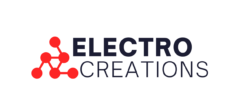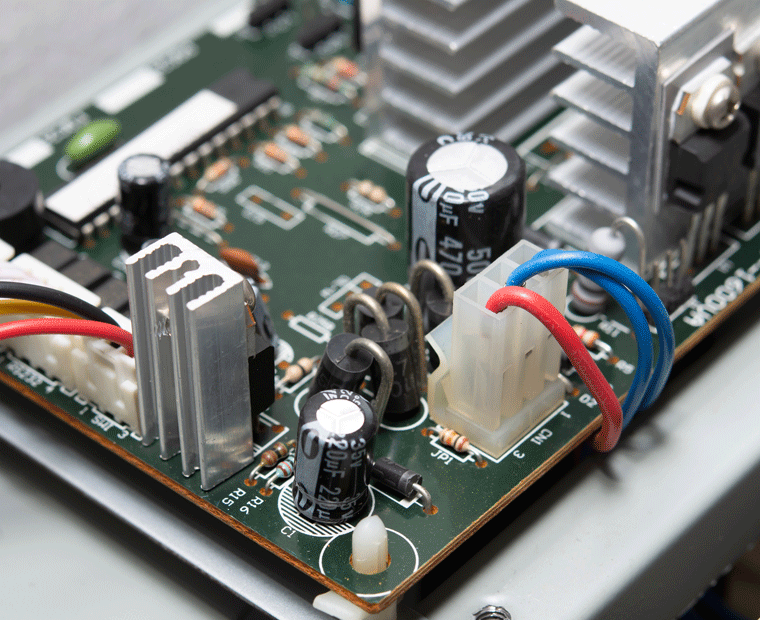LLC resonant converters are an efficient and sophisticated way of charging batteries. They operate by converting high-frequency AC power into a specific DC voltage and current output that can be used to charge batteries.
The main components of an LLC resonant converter include a resonant tank circuit, a switching device, and a controller. The resonant tank circuit consists of an inductor, a capacitor, and a transformer, which work together to create a resonant frequency that allows for power transfer at high efficiency. The switching device controls the flow of current through the circuit by turning on and off rapidly. The controller monitors the output voltage and current and adjusts the switching frequency to maintain a stable charging current and prevent overcharging.
The LLC resonant converter also incorporates soft switching, which reduces switching losses and enables higher efficiency. Soft switching is achieved by designing the circuit in such a way that the voltage and current waveforms intersect at zero, reducing the stress on the switching device and increasing its lifespan.
Overall, the LLC resonant converter offers a highly efficient and reliable means of charging batteries. Its use of soft switching and resonant frequencies allows it to achieve high conversion efficiencies and reduce stress on the battery, extending its lifespan.


